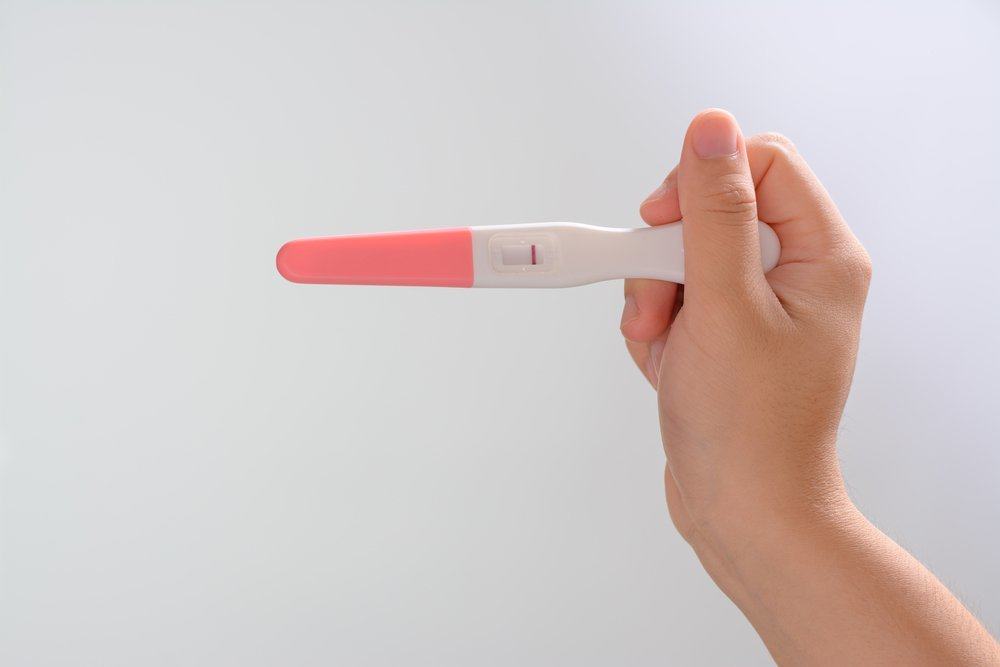Contents:
- Medical Video: First-of-its-kind app offers personalized rehab therapy for stroke patients
- What are the treatments for dealing with blood clots or bleeding in the brain?
- What are the treatments for maintaining overall health stability so that they recover faster while preventing further damage?
Medical Video: First-of-its-kind app offers personalized rehab therapy for stroke patients
Medical treatment for stroke is divided into several categories. The diagnosis of stroke and treatment is very complex so it requires close monitoring of neurological signs and symptoms. Doctors who treat stroke patients will explain the appropriate treatment for each patient and about the importance of neurological changes that accompany stroke.
Treatment for stroke is generally divided into the following categories:
- Overcome blood clots or bleeding in the brain
- Increases overall health stability to maximize recovery while preventing further damage
- Methods for preventing brain damage, such as neuro-protective agents, hypothermia, and stem cell therapy.
What are the treatments for dealing with blood clots or bleeding in the brain?
Blood thinners are used when there are blood clots that block blood vessels. Blood clots reduce the amount of blood flow to the part of the brain, which results in a lack of blood supply to the brain, this condition is called ischemia. Most blood thinning medications are more effective when they are given immediately after a stroke has occurred. Strong blood thinning drugs include TPA, tissue plasminogen activator. This drug must be given within 3 hours after the onset of symptoms of stroke for maximum safety and effectiveness. In addition, blood thinning drugs can be injected directly into a blocked blood vessel. This method is called intra-arterial thrombolysis, which means it breaks down blood clots in blocked arteries.
This process requires a lot of skills and also has the risk of excessive bleeding. Even after administration of TPA in the short term and intra-arterial thrombolysis, sometimes intravenous blood thinning drugs called heparin can also be used. This drug must be given in the hospital and requires careful monitoring to monitor the effects of the heparin. Rigorous monitoring of neurological conditions is also needed because heparin, like all blood thinners, can cause bleeding in the affected area. Prevention of long-term blood clots with drugs that can be used at home may be recommended as soon as a stroke patient leaves the hospital.
Although blood thinners are a mechanism to prevent blood clots, the use of blood thinners can also be risky because these drugs can cause bleeding in the brain or other areas of the body, resulting in other consequences of more severe strokes. Sometimes people can suffer bleeding in other parts of the body, such as the stomach or large intestine, as a result of blood thinners given for the treatment of stroke.
Managing bleeding in the brain is a very complex process that requires blood pressure control and fluid control, monitoring bleeding, and managing health stability throughout the body. When bleeding in the brain is very severe, a procedure called hemicraniectomy or craniectomy can be done, but this is rarely done. This method involves removing part of the skull to reduce pressure on the brain from fluid or blood. After swelling and bleeding subsides, the part removed from the skull is replaced to protect the brain.
What are the treatments for maintaining overall health stability so that they recover faster while preventing further damage?
During the short-term phase after experiencing a stroke, careful management of body fluids and vital signs is very important. In the first few days, blood pressure, blood fluid volume, fluid concentration, and mineral concentration require close monitoring. The concentration of electrolytes such as sodium, potassium, calcium and chloride can have a large impact on the flow of fluid into and out of blood vessels throughout the body, including in the brain. Prevention of dehydration, hypotension, or hypertension is needed for optimal recovery. Control of blood sugar to prevent very high or very low levels is also important for recovery.
Nursing strokes often require complex decision making that might seem trivial and like it does not have clear implications. If you or your loved one has a stroke, it is important to keep looking for information and find answers to all your questions. The more you know, the more you will feel comfortable and increase understanding of your health progress and recovery.












